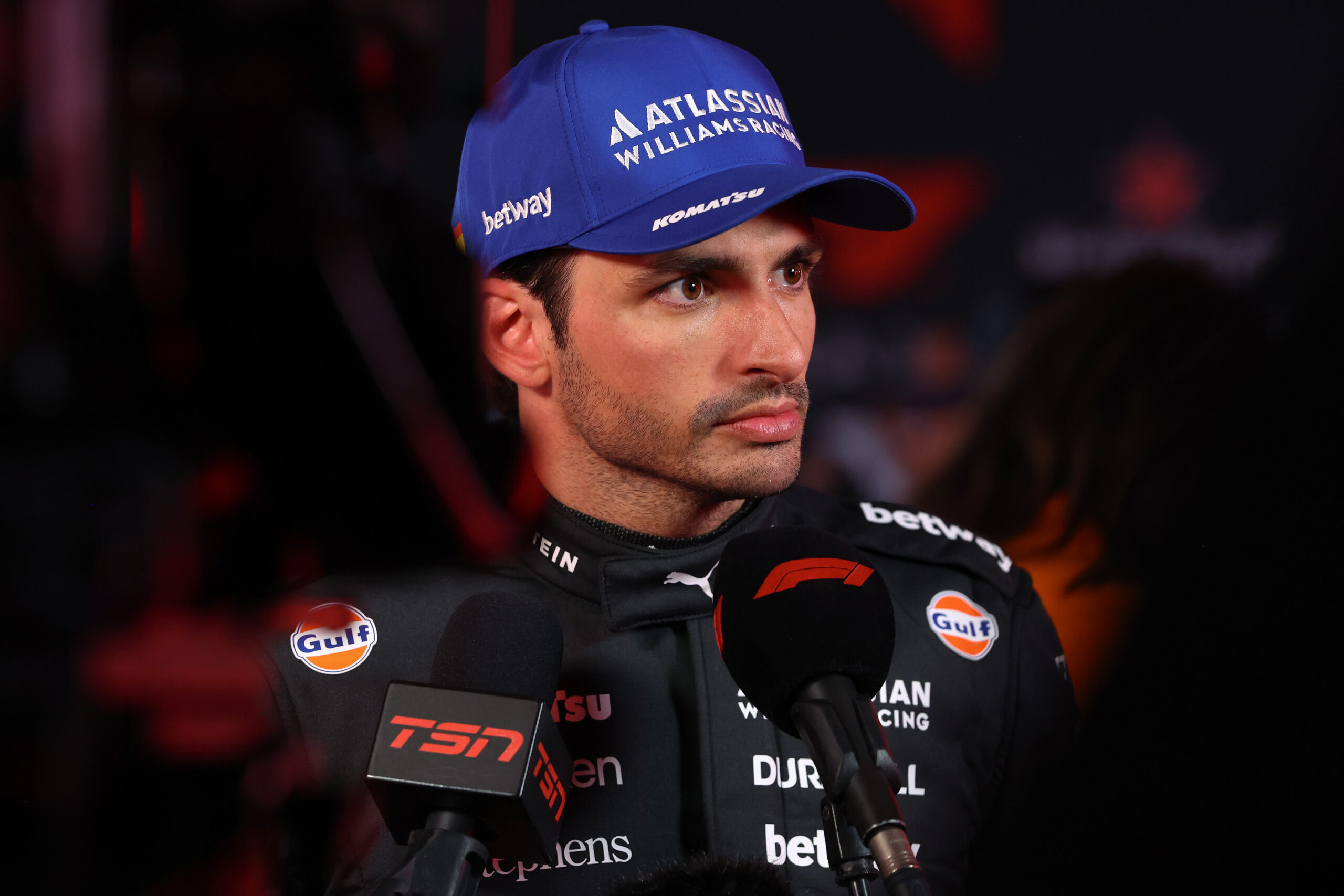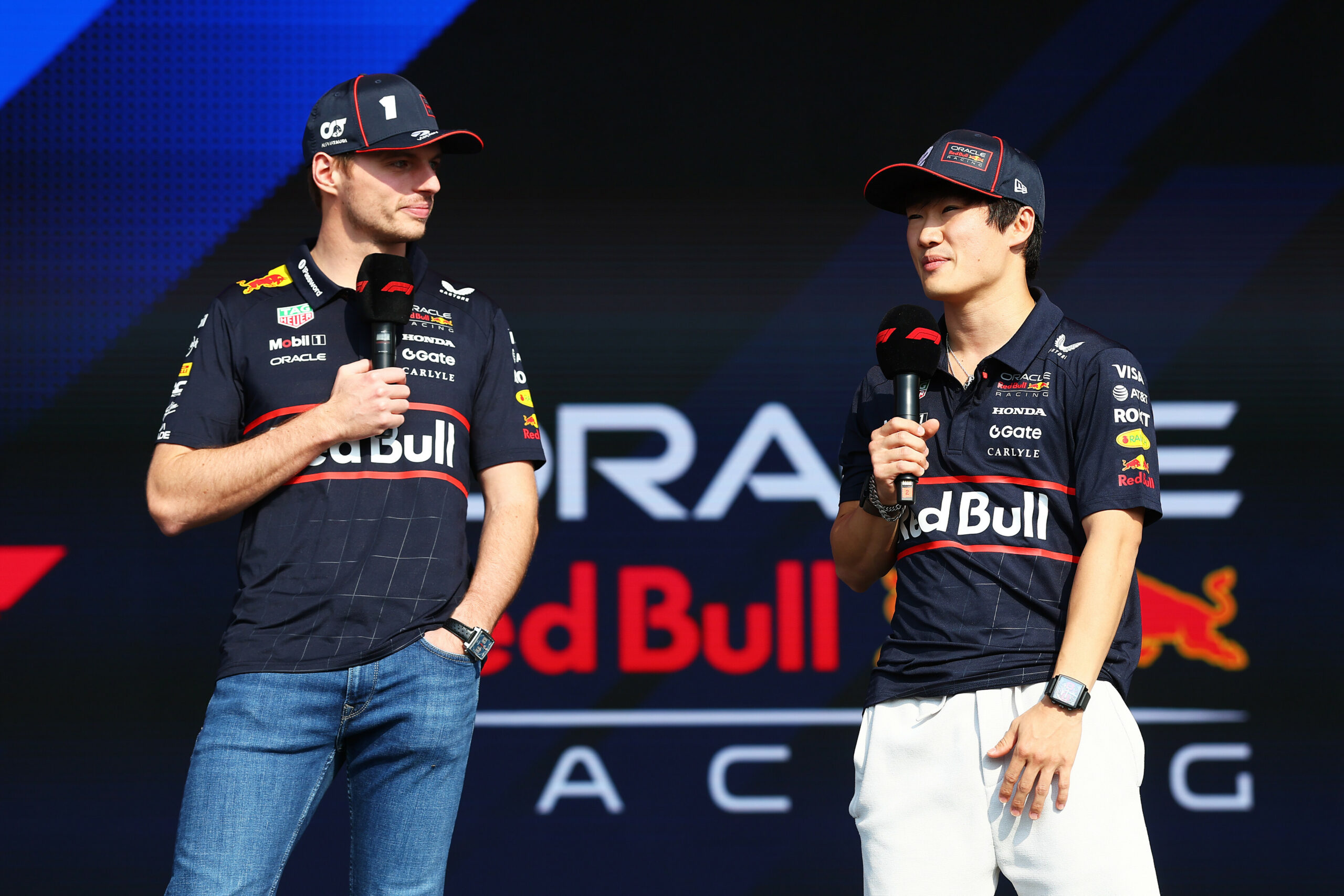As we get closer to the next era of Formula 1, discussions have emerged within the racing community regarding the 2026 cars. A focal point of these discussions is the anticipated straight-line performance of the upcoming vehicles. Nonetheless, Nikolas Tombazis, the FIA’s Single Seater Director, has characterized these concerns as “premature”. In a recent statement, Tombazis provided insights into ongoing developments, highlighting the progression of Power Units and aerodynamics in the upcoming phase of the series.

Photo Credit: Mercedes-AMG Petronas F1 Team
Formula 1 is set to welcome a new cycle of technical regulations in just over two years. The heart of these changes lies in the Power Units, where electrical output is poised for a dramatic surge. Despite initial apprehensions from F1 teams about straight-line performance, Tombazis reassures the community, stating, “these were comments that were probably a bit premature because we hadn’t completed the work yet.”
Highlighting the shift in power dynamics, Tombazis explains, “we have a lower power ICE engine, for 2026, we will go from about 550-560 kilowatts to about 400. But we go from about 150 to 350 kilowatts on the electrical part. So the overall power of the car is going to be increased a bit.”
While the engines take center stage, the broader overhaul extends to the entire car design. The focus is on sustainability, with a move to fully sustainable fuel and adjustments to turbo-hybrids. Significant changes are anticipated in the chassis to enhance racing dynamics.
Addressing a longstanding complaint about the weight of current cars, Tombazis shares insights, “we aim to have a significantly lower weight limit, and we are looking to reduce the weight limit by 40 to 50 kilos in 2026.” This aligns with the goal to counter the bulkiness that has been seen in recent F1 designs.
“The way we want to do that is related to what we’ve termed the ‘nimble car’ concept, because we basically feel that in recent years the cars have become a bit too bulky and too heavy.”
Crucial to achieving a lighter car is a reduction in downforce. Tombazis emphasizes, “this lower downforce means that a lot of the loading on components, such as suspension, will reduce and that will enable the teams to reduce the weight consequentially.”
As part of this weight-reduction strategy, F1 is bidding farewell to the current 18-inch wheels, opting for a more streamlined 16-inch design. According to Tombazis, “(they) are tentatively aiming for wheels that are 16-inch wheel rims, with smaller wheel diameter and smaller width both front and rear.”
Tombazis underscores one of the central objectives of the 2026 car design as ensuring drivers are rigorously tested behind the wheel. He states, “clearly if you put this new engine onto the current car, then it will run out of energy on the straight.”
The director counters the notion of disaster scenarios, expressing confidence in identified solutions.
“We never believed that was a disaster scenario because we knew that there were solutions. We have now completed all the simulations we need to do for that,” he concluded.




